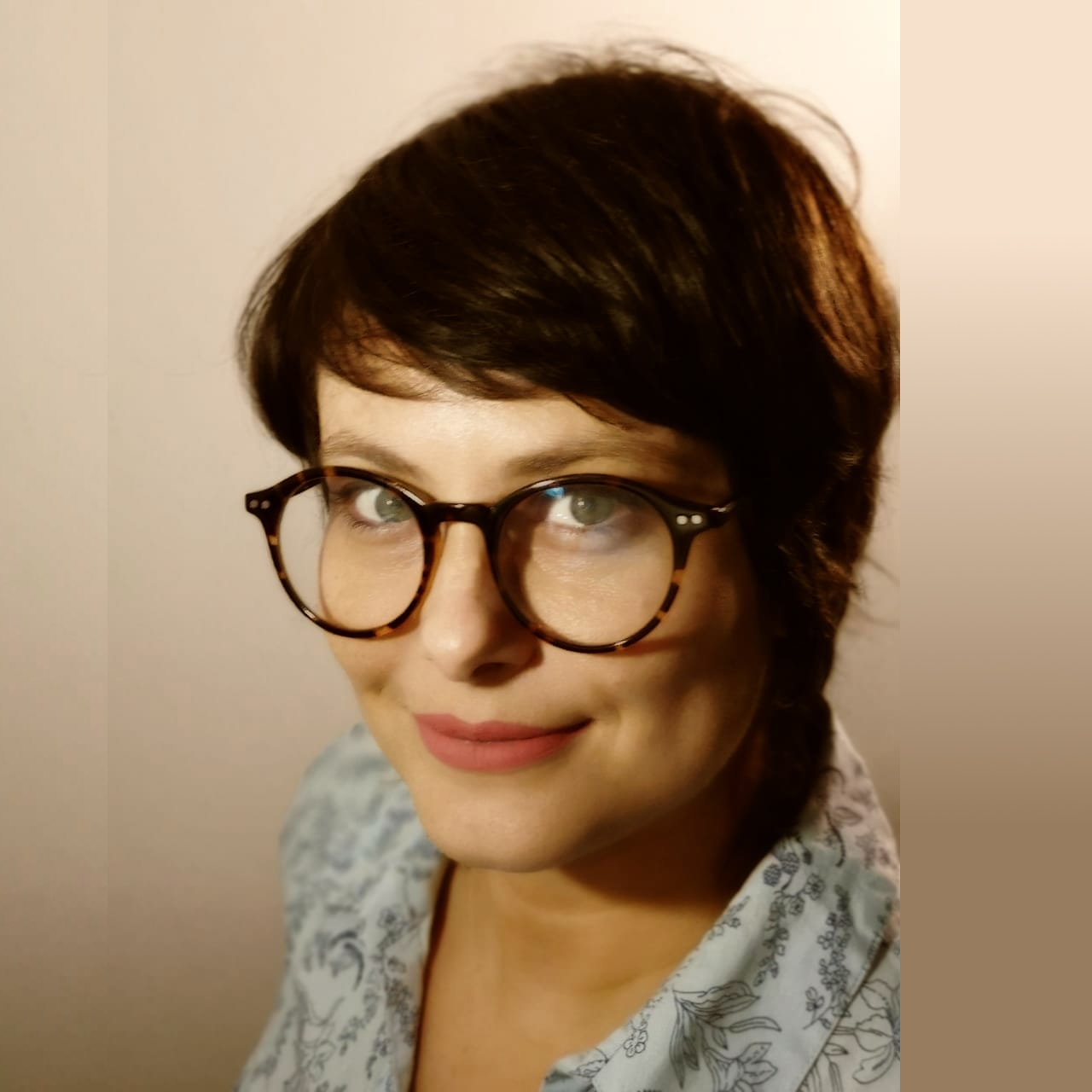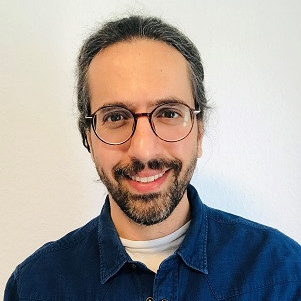“I think we need to be more transparent, curios and more accepting about what we can do, what we can contribute to, and what we can learn from someone else”, says Ann-Marie Zachrisson, who works in development and research at RISE – Research Institute of Sweden, where she focuses on bio based materials, mostly wood as raw material.
Sebastian Klemm: What inspired you to engage towards the bioeconomy and smart materials?
Ann-Marie Zachrisson: I think I have my parents to thank for that. Growing up we would go north to the mountains in winter, and summers were spent in our summer house in the archipelago or sailing.
I have kept that lifestyle and still spend all my playtime together with my family and friends out in the nature. I am a keen skier and when I looked for a university, the proximity to mountains and nature did take a big part for my decision.
I found a bachelor in sport technology & mechanical engineering with focus on product development and materials in Östersund, Sweden. It was perfect, I could bring together my interests for sports, nature, creativity and engineering.
But the more I learned about the processes of product design, the more I felt how wrong it is, the way we pour out products to the market without thinking about the consequences. I started to think about the materials and its cycle:
Is it possible to have a creative and push-forward development without exposing the environment and draining our resources? – Off course we can! We just need to make changes and learn how to think in a different way.
The equations don’t match: My emotional inspiration has always been nature itself and I want to let it continue to exist in its independent and beautiful way. Yet, my engineering side wants to fix the problem and be a part of the new economy: to solve the equation and get back the balance.

Sebastian Klemm: “Bioeconomy” and “Smart Materials”, what is each one about? Where do both intersect?
Ann-Marie Zachrisson: Bioeconomy is based on renewable raw materials – instead of fossil-based materials – to reduce our climate impact. Today we are more people on the planet than ever before and we consume more resources, therefore we need to change how we use them.
For me it’s natural that a circular economy is cohesive and based on rebuilding resources. As I come from a background in product development, I started to work at RISE with a view of the materials ways through society. I thought that the problem would be solved with a circular material flow: To go from a model of take-use-dispose to borrow-use-give back.
Well, that was just a start. I have realized that we must work on the circular way of thinking throughout all of society, not just with materials. I sometimes get overwhelmed and it overloads my head, because it’s so much bigger than I can imagine. But I think the key is that just one individual, one company, one single industry or even single countries cannot do on its own.
We need to take care of our resources together, find new ways to do business and be innovative and challenge our methods for development.
Smart materials are one way to make that happen. A smart material is a material that – with help of a stimuli – changes and adapts to a new function. The creative engineer inside of me finds this exciting and challenging at the same time. It really stretches the ways we design: To design for multifunctionality. I think this is a key in future development because it matches the way we live.
Modern society is more movable, and we expect our gadgets to be transportable and to function in every aspect of our life. We don’t sit down by the stationary phone at home and talk to our friends, we want to talk through a small earplug while we are jogging to work.
Sebastian Klemm: How much does “biomimicry”, the adaptation and learnings from nature for human use, play a role in Smart Material Design?
Ann-Marie Zachrisson: A lot! Just think about all the natural systems that cooperate in nature; that are under constant change and create different conditions – every hour, every day, every year!
If you think about it, the whole nature is built of smart materials that change with different stimuli, e.g. camouflage animals, and the flowers that know that they will protrude when spring comes. We have a lot to learn, be inspired by and to take care of. Because we have made errors in nature’s circular system.
When it comes to how we live our daily life’s, we can also learn from our previous generations. I have called it Grandmamimicry: My mother grew up in a big family with nine siblings and when she tells me how resourceful they were with everything from plastic bags to cloths I get ashamed of myself and my generation. To take care of our things, repair and reuse is a fundamental idea of circular economy.

Sebastian Klemm: Besides the material’s engineering and design: What else, do you see, shall be designed “smart”? – For instance: the establishment of take-back systems, material purity for easier recycling, technological recycling, particular policy frameworks that help shift economies and consumption towards a more sustainable handling, IoT Internet of Things & ICT Information Communication Technologies & Blockchain – which may help to render supply chains more sustainable, energy-efficient and rule-conform.
Ann-Marie Zachrisson: I can’t see what we are not supposed to design smart. Everywhere where we can minimize our use of resources, contribute to an upcycling or share something we should redesign in a smart way.
In the future maybe, the company who is the manufacturer also does the maintenance of the machine in your home, and when it can’t be repaired any more, they take it back and recycle it.
There are already popping up new, different ways of doing business, many that have been well received. One of my favorite outdoor brands, Houdini Sportswear, has developed a series of innovative and creative processes with circular design in mind. Instead of buying clothes you will only use for a few weeks you can rent outdoor gear, and if you have a tear on your own clothing they help you repair it.
One other company that works with lifetime warranty through repair is Nudie Jeans. They have made their repair station a central station in their shops, it’s for a good cause and a cool statement.
I am going to three (!) weddings this summer and there are some nice sites that rent out occasion dresses, it’s both good for the environment and good for my wallet.
As we talk about the consumers: I have been involved in a project about fast fashion. I know, it does not sound good, but it can be! Some garments we buy and use only one time for example dresses for a special wedding that in the best case ends up in recycling. Instead of making a resource-draining, wasteful garment, we have looked at making a garment designed for only one use and with a manufactured process that is proportionate to the use-length.
As we are more people in the world than ever I think we need to share more, as Airbnb and carpools. I would like to learn how we can distribute the worlds resources in a more equal way – not just “share”, but SHARE.
Sebastian Klemm: What mindset is helpful among partnering institutions & stakeholders to work collaboratively on smart material designs?
Ann-Marie Zachrisson: Sharing! I think we need to be more transparent, curios and more accepting about what we can do, what we can contribute to, and what we can learn from someone else.
Sebastian Klemm: What is the benefit and importance of having a sustainability research & demonstration facility, like RISE, owned by the state?
Ann-Marie Zachrisson: That we can use our resources better, both competence and equipment. To be able to direct bigger projects that can crosslink knowledge and support cooperation’s.

Sebastian Klemm: Why, in your point of view, is it important to engage in sustainability engineering and design across any sector and functionality today?
Ann-Marie Zachrisson: I think we all need to contribute in the way we can in our field of expertise, subsequently I want to contribute with what I can.
Like the few examples of different new business models I mentioned above, how all of those work from a financial point of view – I don’t know! But luckily for me there are a lot of people that can do business — so I can focus on the materials and design.
Sebastian Klemm: What are immediate challenges in terms of sustainability design & social equity at the global scale that we may work on and can make a difference right now & today? – As entrepreneurs, producers, developers, employees, citizens & consumers.
Ann-Marie Zachrisson: How we are going to work together and to set new regulations. It’s kind of scary, actually, because no one has the answer to how we are going to make this happen, we haven’t been able yet to set new rules and standards for the new economy or know how it will effect our lives. Yet.
Sebastian Klemm: How we take them, determines the facts: Which questions in terms of sustainability and smart materials are important – which questions should we apply and ask more frequently?
Ann-Marie Zachrisson: And then? Plan for a future application, for a replacement part, for reuse, for remanufacturing and at least for recycling.






